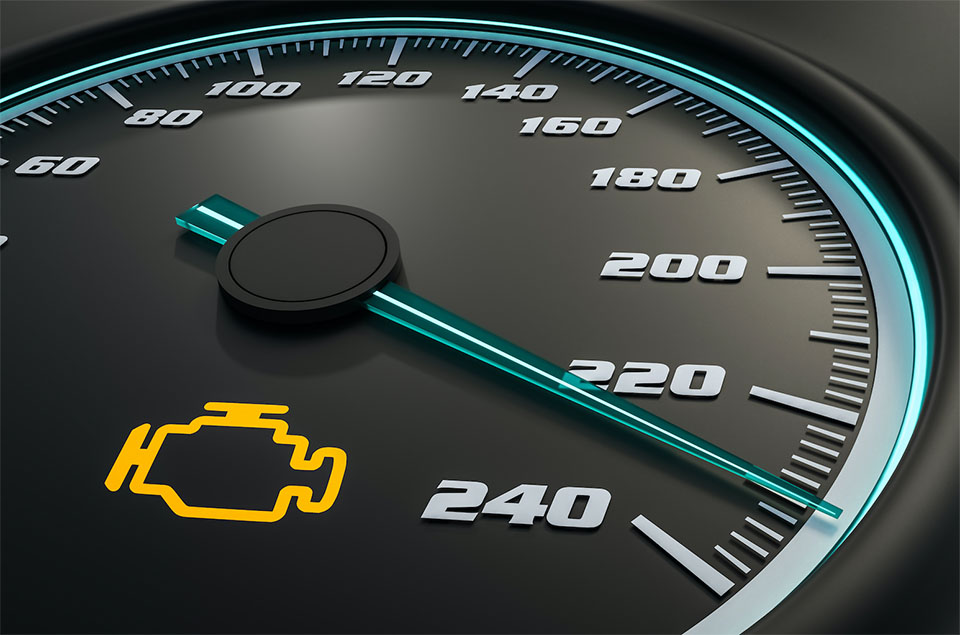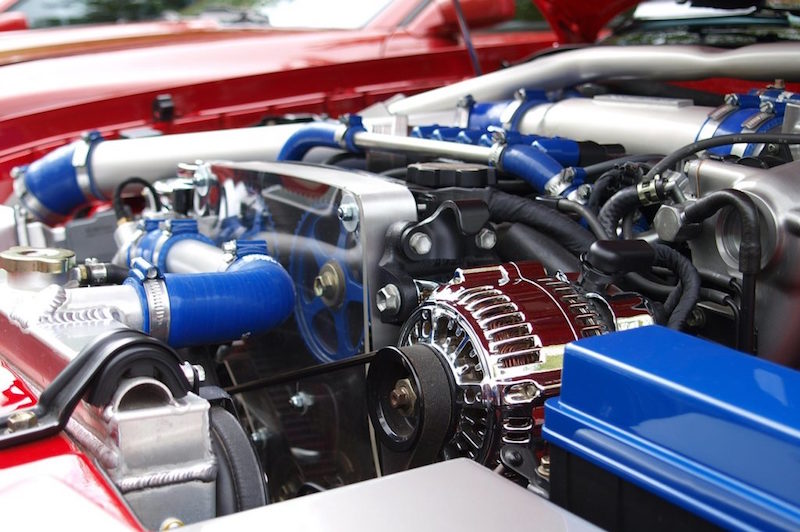So your check engine light is on. As you probably know, the check engine light (CEL) can light up for all sorts of reasons. But since the introduction of OBD-II back in the 1990s, many of those reasons are stored in a standardized set of diagnostic trouble codes that can be accessed with a generic code reader.
The good thing about the CEL and the entire OBD-II engine management and diagnostic system is that it takes a lot of the guesswork out of what's actually going on with a vehicle's engine and drivetrain. You or a tech can connect a code reader to the OBD-II port and quickly access any trouble codes that are stored in the engine computer, pointing towards the right direction for diagnosis and repair.
Note: Code scanning is one of the free services at your local Advance Auto Parts store.
Where it can get tricky, though, is interpreting what the trouble codes mean. At times, there's a certain amount of reading between the lines needed to come up with an informed conclusion on why a certain code might be stored—and a single problem might cause a cascade of trouble codes to all be stored.
To help you learn more about these codes and decide whether the issue is one you can tackle yourself or one that you should take to a trained technician, Advance Auto Parts will be breaking down common codes. In this article, we focus on trouble code P0016 and what it means.
P0016: Crankshaft or Camshaft Misalignment - What It Means
The crankshaft sensor constantly informs the engine control module (ECM) of the crank's position in real time, and the ECM then uses this information (along with readings from the cam position sensor) to determine fuel delivery. A P0016 code means that readings from the two sensors are out of sync with each other.
You can find out more about the cam position and crank position sensors here.
The P0016 code can result from a fault in either sensor, frayed or corroded wiring, a defective tone ring, or a problem with the timing chain or belt—such as a failed tensioner or a belt that's stretched or slipped a degree or two.
You might also notice a rattle from around the harmonic balancer, which could indicate a problem with a tone ring. This is a problem that can arise from a severely overheated engine that literally cooks the sensor.
NOTE: P0017, P0018, P0019, P0335, P0336, P0337, P0338, P0339, P0385, P0386, P0387, P0388, and P0389 are also crank- and cam-related OBD-II codes that you might see along with this code. It's not unusual to see a cluster of related trouble codes.
Symptoms
- Rough running
- Hard starting or no-start condition
- Poor fuel economy
- Loss of power
What Happens if I Ignore It?
If the crank position sensor isn't replaced, the problems with hard starting, poor fuel economy, rough running, stalling and vibration will just get worse.
The engine will also misfire, since the sensor isn't sending the computer accurate information on piston position, which will throw off spark and fuel metering.
If left long enough, you might end up with a no-start condition, internal engine damage, or even damage to the catalytic converter—due to half-burned fuel being dumped into its element. Either one of these problems can get expensive quickly.
Possible Fix
To replace the sensor:
- Disconnect the negative battery cable.
- Ascertain where the sensor is located (locations can vary from one make/model of vehicle to another) and remove any engine parts or accessories blocking access to the sensor.
- Unplug the electrical connector to the sensor.
- Replace the sensor (usually held in with two screws or bolts).
- Reinstall any other assemblies or accessories.
Please note: This is a job that can vary a lot in complexity and difficulty from one make/model to another. Consequently, these are just rough guidelines for repair. You may want to refer to a shop manual for precise location and any other information you need to do this job on your vehicle.
You can find out more about cam and crank sensor replacement here.
Have you ever had to replace a crank sensor? Let us know in the comments.









